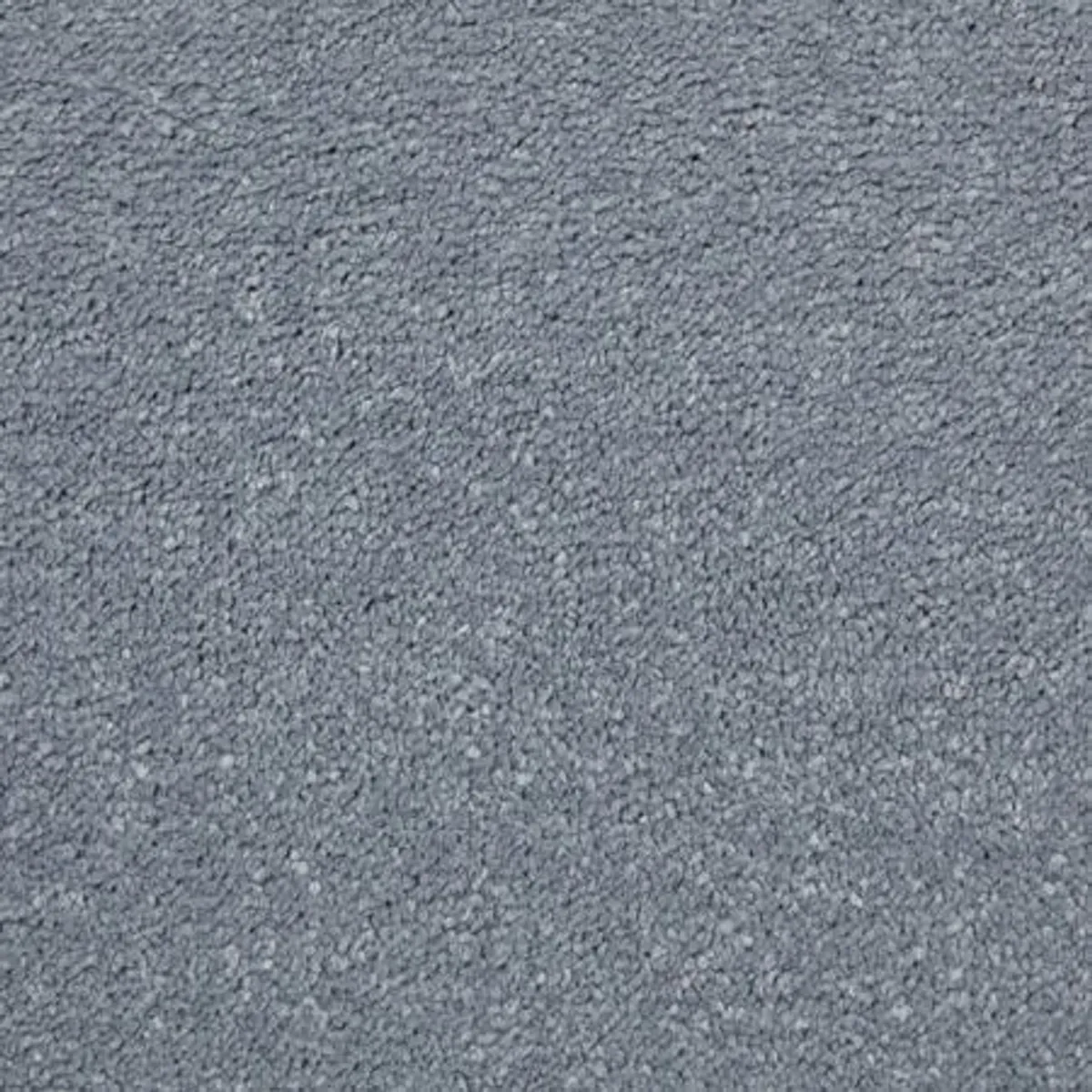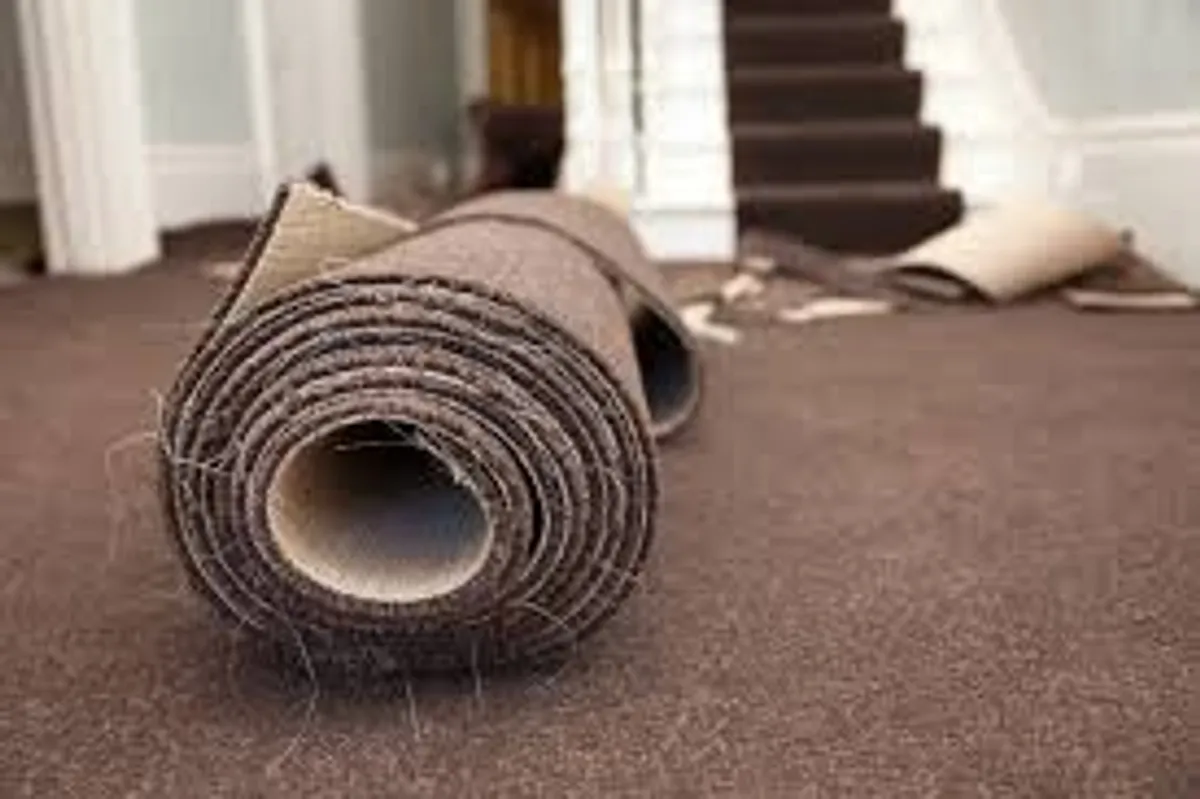when budget is tight – polypropylene carpet as a smart solution
Renovating a home is never easy—especially when you’re trying to balance style, function, and affordability. I learned this firsthand during my own living room makeover. With limited funds but high expectations, I had to make some tough calls. One of the biggest decisions was choosing the right carpet. And that's when polypropylene carpet entered the picture.
After months of researching options, comparing materials, and speaking with installers, I realized that polypropylene wasn’t just a second-best choice—it was exactly what I needed. In this article, I want to share how this budget-friendly carpet helped me save money without compromising on comfort or performance.
Nylon vs Polypropylene Carpet for Living Room: What I Considered
One of the most heated debates I came across while researching carpets was nylon vs polypropylene carpet for living room spaces. It seemed like every home improvement forum had strong opinions on both sides.
Nylon is known for its superior durability. It's resilient under pressure, holds its shape, and can handle heavy foot traffic for years. However, it's also one of the more expensive carpet fibers. For someone on a tighter budget like me, nylon wasn’t entirely out of the question—but it required sacrificing other areas of the renovation.
Polypropylene, on the other hand, was much more affordable. Some critics said it didn’t last as long, especially in high-traffic areas. But what caught my attention was how resistant it was to moisture and staining. In a home with kids and a dog, that benefit felt like a game changer.
I wasn’t just looking for the most durable carpet—I was looking for the most realistic option for my lifestyle and budget. And that’s where polypropylene stood out.

What Made Me Choose Polypropylene
My choice came down to three core needs: affordability, ease of cleaning, and good enough durability to last at least 5–7 years. Polypropylene checked all those boxes.
I found a loop-pile polypropylene carpet that looked surprisingly high-end. It had a soft texture underfoot, a neutral color that fit perfectly with my furniture, and a price per square meter that was far below the nylon equivalent.
Installation was fast, and even with the underlay and labor costs included, I spent at least 30% less than I would have with nylon. That freed up budget for lighting and a few décor touches—small things that made a big difference.
Living with Polypropylene Carpet: The First 6 Months
Six months after installation, I can confidently say that my polypropylene carpet still looks fantastic. Here's what I’ve loved most about it so far:
Stain resistance: One morning, my daughter dropped her breakfast smoothie right on the floor. I panicked at first, expecting a permanent stain. But the liquid beaded on the surface, and with a paper towel and some mild cleaner, it came right up—no trace left behind.
Easy vacuuming: I vacuum the living room about twice a week, and the carpet holds up well. It doesn’t trap dirt as deeply as I thought it might. I don’t need a high-powered vacuum—my mid-range model works just fine.
Comfort underfoot: Even without spending a fortune on underlay, the carpet has a nice bounce. It feels warm in the winter and soft enough for the kids to sit or crawl on.
=>>> Are you looking for a carpet that is both durable and beautiful? Don't miss this helpful comparison.
Realities of Polypropylene: What to Know Before You Buy
Of course, no product is perfect. I think it’s important to share the full picture.
It’s not as resilient as nylon. In areas where we move furniture frequently—like under our coffee table—I’ve noticed a bit of crushing. It’s subtle, but it’s there. Nylon carpets are better at bouncing back, while polypropylene tends to flatten over time.
Sunlight can be harsh. Our living room has large windows, and by month four, I began to notice very slight fading near the window line. Now I use sheer curtains to limit direct sun exposure, and that’s helped a lot.
Avoid dragging heavy furniture. I once pulled our armchair across the carpet, and it left a small visible scuff. Now, I use furniture pads or lift instead of drag. It's a small adjustment that makes a big difference.
But for the price? These are trade-offs I’m more than happy to accept.

Why It’s the Smart Choice for Budget-Conscious Homes
If you're renovating on a budget, you’ll quickly realize that every dollar matters. Flooring can be a huge expense, and it’s tempting to either go with the cheapest material or stretch your budget for something premium.
To me, polypropylene represents a middle ground—affordable yet functional. You’re not stuck with thin, poor-quality carpet, nor are you forced to overspend for features you might not even need.
I also think polypropylene is underrated when it comes to design. The colors are more varied than you might expect, and many brands now offer textures that mimic wool or other high-end styles. I went with a medium taupe color that hides dirt well and pairs beautifully with both warm and cool tones.
=>>> Are you ready to make a decision about the carpet for your home? Visit this page for more detailed information.
Extra Benefits That Sealed the Deal
There were a few unexpected perks I didn’t even factor into my initial decision:
- Allergy friendly: Polypropylene is non-absorbent and doesn’t retain moisture, so it’s naturally resistant to mold and mildew. That’s a big plus if anyone in your household has allergies.
- Safe for kids: Since it resists spills, it doesn’t trap bacteria as easily as some other materials.
- Eco-conscious (in the right context): While it's synthetic, some brands now offer recyclable polypropylene carpet. If disposal matters to you, check for that option.
Final Thoughts: Would I Recommend It?
Absolutely. If you're working with a limited budget but still want something stylish, easy to maintain, and functional for a family environment, polypropylene carpet is an excellent choice.
I’m not saying it’s perfect for everyone. If you’re carpeting a commercial space or expect extremely high foot traffic, you might want to consider nylon or another more robust material. But for a living room in a typical home—especially where spills, messes, and family chaos are part of everyday life—it’s hard to beat the value polypropylene offers.
Looking back, I'm grateful I didn't let price alone guide me—but rather looked at the balance between performance and practicality. In the end, it gave me a space that looks great, feels comfortable, and didn’t break the bank.